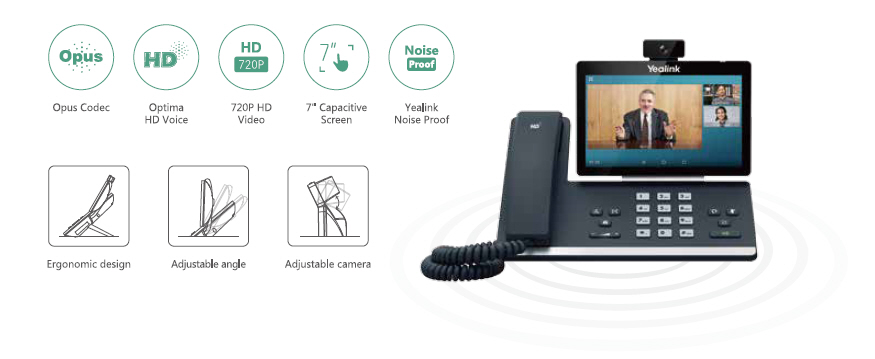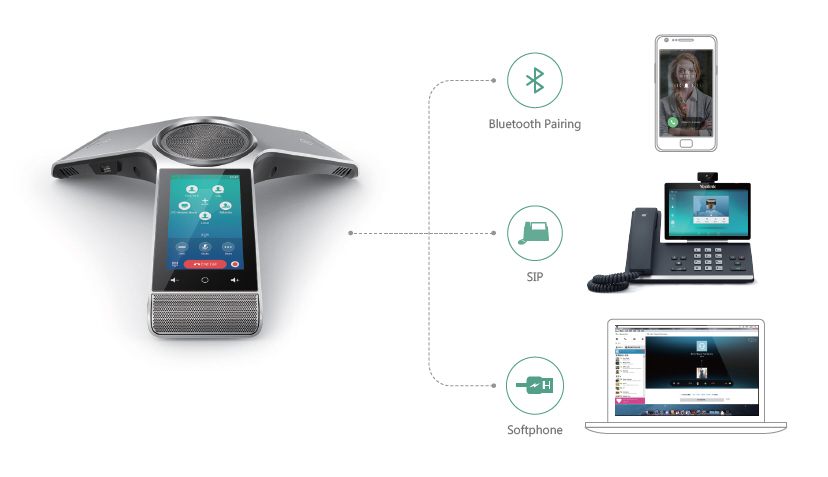Introduction
In today’s fast-paced business environment, communication is the backbone of any organization. The rise of Voice over Internet Protocol (VoIP) phone systems has revolutionized how businesses communicate. However, just like any technology, VoIP systems are not immune to disasters. This brings us to the critical need for a comprehensive disaster recovery plan tailored specifically for your VoIP phone system using Session Initiation Protocol (SIP).

A well-structured disaster recovery plan ensures that your business can continue functioning smoothly, even when faced with unforeseen disruptions. In this article, we'll delve into the nitty-gritty of building a robust disaster recovery plan for your VoIP phone system using SIP.
Understanding VoIP Phone Systems
What is a VoIP Phone System?
A VoIP phone system allows users to make voice calls using an internet connection instead of traditional telephone lines. This transition from analog to digital communication paves the way for enhanced features, flexibility, and cost savings.
Key Features of VoIP Phone Systems
- Cost Efficiency: Reduced call costs, especially for long-distance and international calls. Advanced Features: Call forwarding, voicemail-to-email, and video conferencing. Scalability: Easily add or remove lines as business needs change.
How Does SIP Work in VoIP?
Session Initiation Protocol (SIP) plays a pivotal role in establishing and controlling communication sessions in a VoIP environment. It handles signaling and controlling multimedia communication sessions such as voice and video calls.
Importance of Disaster Recovery Planning for VoIP Systems
Why Should You Care?
Disasters can strike in various forms—natural calamities, cyber-attacks, hardware failures, or human error. The impact on communication systems can be detrimental to business continuity.
Potential Risks to VoIP Phone Systems
Network Failures: Loss of internet connectivity can cripple operations. Hardware Malfunctions: Physical damage to servers or routers can disrupt services. Cybersecurity Threats: Hacking attempts could compromise sensitive information and communications.Building a Disaster Recovery Plan for Your VoIP Phone System Using SIP
Creating an effective disaster recovery plan involves several crucial steps that ensure your VoIP phone system remains operational during crises.
Assessing Your Current Setup
Inventory Your Resources
Before you begin crafting your disaster recovery plan, take stock of your existing resources:
- Number of lines Current infrastructure Service providers
Identify Critical Components
Determine which components are essential for maintaining communication within your organization during an emergency:
- Core servers Backup systems Internet connections
Developing Strategies for Disaster Recovery
Creating Redundancies
Build redundancies into your system to avoid single points of failure:
- Use multiple internet service providers. Implement backup power solutions like UPS (Uninterruptible Power Supply).
Establishing Offsite Backups
Maintain offsite backups of configurations and voicemails to ensure quick restoration:
- Utilize cloud storage solutions.
Testing Your Disaster Recovery Plan
Regularly testing your disaster recovery plan is crucial to its effectiveness:
Conduct Simulations
Perform scheduled drills simulating various disaster scenarios to identify weaknesses in your plan.
Review Results and Update Accordingly
Post-simulation reviews should lead to actionable insights that enhance the overall strategy.
Training Staff on Emergency Protocols
Educate Employees on Their Roles During Disasters
Ensure all employees understand their responsibilities if a disaster occurs:
Communication channels Reporting proceduresProvide Regular Training Sessions
Consistent training helps keep everyone informed about updates and https://telegra.ph/Increasing-Accessibility-How-VoIP-Phone-Systems-Benefit-Your-Clients-12-18 changes in the disaster recovery protocol.
Monitoring and Maintenance of Your DR Plan
Keeping your disaster recovery plan current is vital:
Schedule Regular Reviews
Set periodic reviews (bi-annually or annually) to assess the relevance of the plan concerning new technologies or processes.
Update Contact Lists Regularly
Ensure that emergency contacts are always up-to-date so that you can reach key individuals quickly during crises.
Legal Compliance and Documentation
Make sure your disaster recovery plan aligns with legal requirements applicable to your industry.
Document Everything Clearly
Clear documentation aids comprehension among staff members about their roles during emergencies and serves as a guide during real-life scenarios.
Common Challenges in Implementing DR Plans
Implementing a robust disaster recovery plan comes with its challenges:
Budget Constraints
Limited budgets might hinder necessary investments in backup technologies or redundancy measures.
Resistance from Employees
Some staff might be reluctant to adopt new protocols; addressing concerns through education is essential.
FAQs About Building a Disaster Recovery Plan for Your VoIP Phone System Using SIP
1. What is SIP?
SIP stands for Session Initiation Protocol; it’s used to initiate, maintain, modify, and terminate real-time sessions involving video conferencing, voice calls, messaging etc., through IP networks.
2. How often should I test my disaster recovery plan?
It’s advisable to conduct tests at least twice a year; however, if significant changes are made within the company or system infrastructure happens more frequently would be prudent.
3. Can we use cloud services as part of our DR strategy?
Absolutely! Cloud-based solutions provide excellent scalability options while offering offsite backups critical for effective disaster recovery planning.

4. Is training necessary for implementing the DR plan?
Yes! Employee awareness regarding their roles during emergencies ensures seamless execution when facing real disasters.
5. What are some common risks associated with VoIP systems?
Common risks include network failures due primarily due latency issues affecting call quality; cybersecurity threats such as hacking attempts targeting sensitive data also pose significant risks requiring attention through appropriate measures within DR plans.
6. How do I choose the right backup provider?
Choosing reliable backup providers requires thorough research into their service history, reviews from other clients along with evaluating their offered features’ alignment with organizational needs before making decisions about partnerships!
Conclusion
Building a robust disaster recovery plan for your VoIP phone system using SIP isn’t just about having protocols in place; it’s about ensuring seamless communication continuity while safeguarding valuable resources against unpredictable events! By understanding potential risks involved coupled alongside developing comprehensive strategies complete with regular testing & training efforts put forth by all staff members will prove beneficial towards achieving success when faced with adversity ahead!
This article provides insights into creating an effective disaster recovery strategy tailored specifically toward protecting vital Voip phone systems utilizing SIP technologies while emphasizing practical implementations alongside precautions necessary ensuring sustained operation amidst unexpected occurrences!